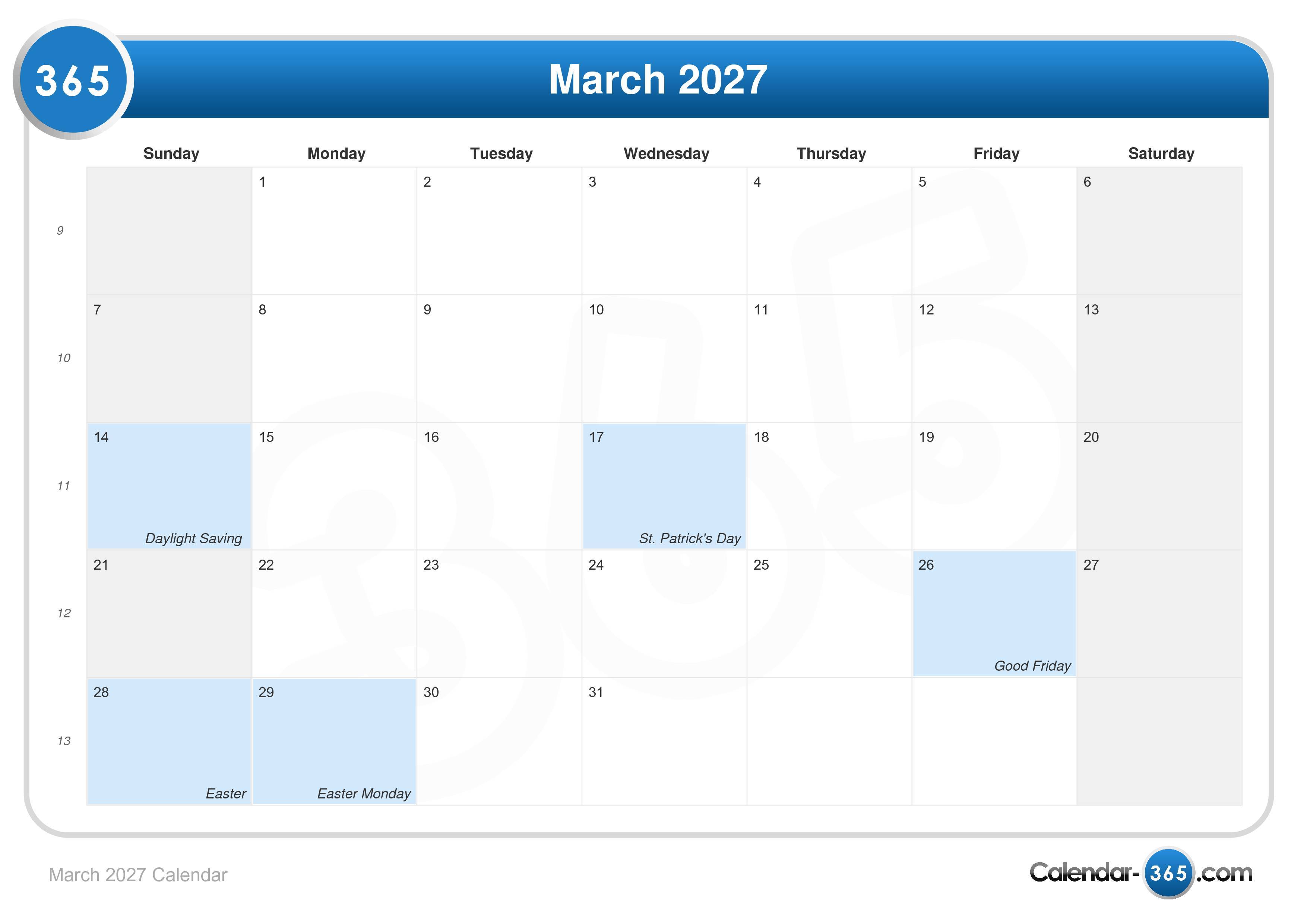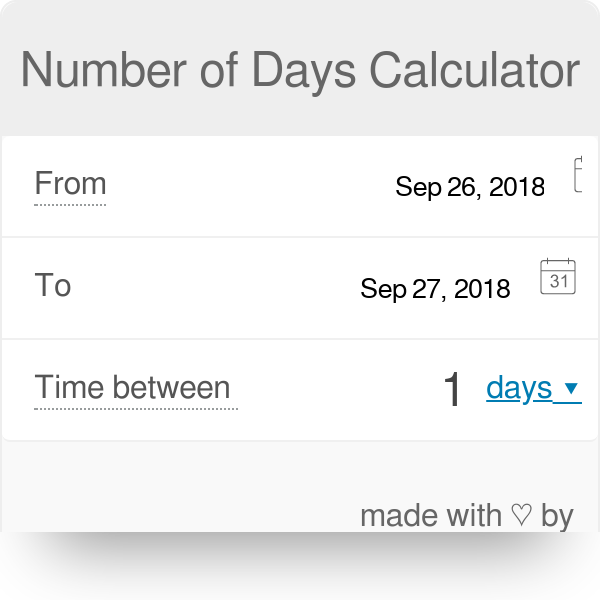How Many Days Until March 31 2027

Time, that relentless river, flows ever onward. Many individuals, organizations, and even governments often operate with specific future dates firmly etched in their plans. Today, we turn our attention to a seemingly simple question: How many days remain until March 31, 2027?
Calculating this seemingly straightforward figure reveals a surprising depth of considerations. The answer, 1013 days as of today, October 20, 2024, serves as a stark reminder of the approaching future. This article will explore not only the precise calculation but also the implications of this temporal marker, delving into potential uses of this knowledge across various sectors and exploring the inherent limitations of fixating solely on a distant deadline.
The Cold, Hard Numbers
Determining the number of days until a future date is a relatively simple mathematical exercise. However, accuracy is paramount. We begin with the current date, October 20, 2024.
Then, we account for the remaining days in October (11), November (30), December (31) of 2024, and January (31), February (28), March (31), April (30), May (31), June (30), July (31), August (31), September (30), October (31), November (30), December (31) of 2025, January (31), February (28), March (31), April (30), May (31), June (30), July (31), August (31), September (30), October (31), November (30), December (31) of 2026, and finally, January (31), February (28), and March (31) of 2027.
Critically, we must also consider the presence of leap years. 2024 is a leap year. Thus, February has 29 days. 2028 is also a leap year, but it's after our target date, 2027. After adding the days for each of these periods, the total is 1013 days, starting from the day of publishing.
Applications and Implications
The knowledge of the precise number of days until March 31, 2027, can be invaluable in diverse fields. Project management benefits significantly from clearly defined timelines. It allows for the meticulous allocation of resources, the scheduling of tasks, and the monitoring of progress toward a specific objective.
In the realm of finance, knowing the days remaining until a future date is crucial for investment planning. Bonds mature, loans come due, and financial forecasts are often tied to specific dates.
Governments and international organizations also rely heavily on future timelines. Policy initiatives, infrastructure projects, and international agreements often have deadlines attached to them. These deadlines drive action and provide a framework for accountability.
Beyond the Deadline: A Broader Perspective
While knowing the exact number of days until a future date can be incredibly useful, it is crucial to maintain a balanced perspective. Fixating solely on a deadline can lead to unintended consequences. This can cause stress, burnout, and a focus on short-term gains at the expense of long-term sustainability.
It's essential to remember that time is not the only factor influencing success. Flexibility, adaptability, and a willingness to adjust plans as needed are equally important.
Furthermore, focusing solely on the end date can obscure the importance of the journey. The process of working toward a goal is often just as valuable as the final outcome. It fosters growth, learning, and the development of valuable skills.
Potential Disruptions and Contingency Planning
External factors can significantly impact timelines. Unforeseen events, such as economic downturns, natural disasters, or geopolitical instability, can disrupt even the most meticulously planned projects. Consider the recent global pandemic, which threw countless timelines into disarray.
Therefore, it is prudent to develop contingency plans. These plans should outline alternative strategies for achieving objectives in the face of unexpected challenges. Redundancy in resources and flexible scheduling can help mitigate the impact of unforeseen events.
Scenario planning is another useful tool. It involves considering various potential future scenarios and developing strategies for responding to each one. This proactive approach can help organizations prepare for a wide range of possibilities.
The Human Element
Ultimately, the success of any endeavor depends on the people involved. A motivated and engaged team is essential for achieving goals within a specified timeframe.
Effective communication, collaboration, and leadership are crucial. Team members must be able to work together effectively, share information openly, and support each other through challenges.
Recognizing and addressing the human element is essential for maximizing productivity and minimizing the risk of delays. Investing in training, providing opportunities for professional development, and fostering a positive work environment can all contribute to a more engaged and productive team.
Looking Ahead
March 31, 2027, will arrive regardless of our plans. The crucial question is not simply how many days remain, but how we choose to use those days. Will we allow the deadline to dictate our actions, or will we approach it with a balanced perspective, focusing on both the process and the outcome?
By understanding the implications of this temporal marker and embracing adaptability, we can maximize our chances of success. The future remains uncertain, but with careful planning and a commitment to continuous improvement, we can navigate the challenges and seize the opportunities that lie ahead. Time continues its march, and it is up to us to make the most of it.




.jpg)













